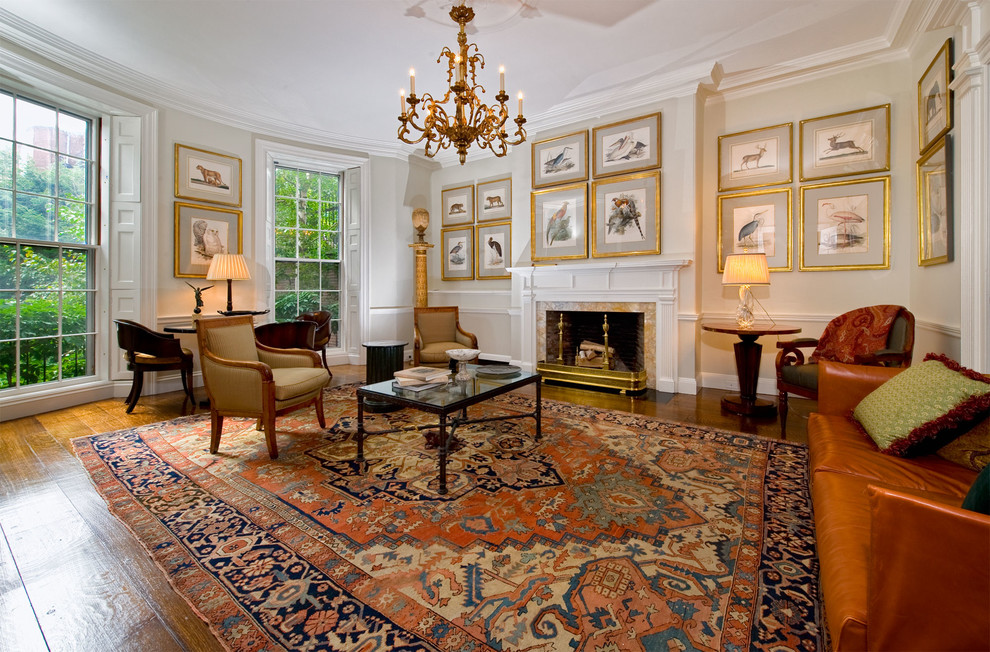Proper placement is a simple preventive measure that helps to avoid or diminish the possible damaging effects of daily usage. Since all textile fibers are subject to breaking and abrasion, the flooring on which a kilim area rug is placed should be even.
.jpg)
Additionally it is recommended that padded backing, also called underlay, be placed under a kilim area rug, especially if it is to be laid directly on a hard, smooth floor rather than on one covered by carpeting.
This padding ought to be of smooth, thin, solid rubber (non-mesh, non-ribbed), and the side in contact with the floor should have non-skid properties to prevent it from ‘walking’ or a person from slipping. One such product available in many rug stores is marketed by Jade Industries under the trade-name Rug Anchor, but other brands available in your vicinity may be equally satisfactory.
Because this material usually comes in limited widths, for larger kilim area rugs it may be necessary to piece the padding together to cover the whole underside of the kilim area rug, but this should not present a problem because the rubber can be easily cut with scissors. It should be noted that these pads usually don’t last longer than just a few years because the rubber tends to dry, stiffen and lose its non-skid properties so the padding will need replacing with time.

Common sense further dictates that a kilim area rug should not be placed in strong direct sunlight (unless fading is desired), particularly not in a position where one part is in sunlight while the rest remains in the shade, since, over time, discoloration will occur no matter how good are the dyes. Antique, old or particularly fragile kilim area rugs should not be placed where there is heavy foot traffic, especially of ladies wearing shoes with spiked heels!
If a kilim rug is placed under a piece of furniture, felt, coasters or cups should be used on the furniture legs to spread the weight and the kilim rug’s position should be varied from time to time to even out wear. Houseplants should not be placed on or near to the kilim rugs on the floor as mildew and rot may spread to damage the kilim rug; in general, kilim rugs should be kept away from all moist areas since dampness causes fabrics to rot.
Along with moisture, moth larvae are perhaps the kilim rug’s worst enemy. This is usually not a critical factor when a kilim area rug is in use, but it can be if a kilim area rug or a part of it is in a relatively undisturbed area, like under some furniture, where moths may be attracted to lay eggs which turn into larvae. Adequately frequent cleaning, airing and rotating of position are the old “tried and true” protective measures, but in our modern age there are also various moth-proofing sprays available – which you can use provided you are certain that they do not contain any possibly harmful chemicals.
Kilims are also sometimes draped over benches, love seats or other pieces of furniture. If so, care should be taken that the kilim rug does not stay always in the same position, particularly when people sit on it and may subject it to excessive wear by abrading it against a sharp edge.